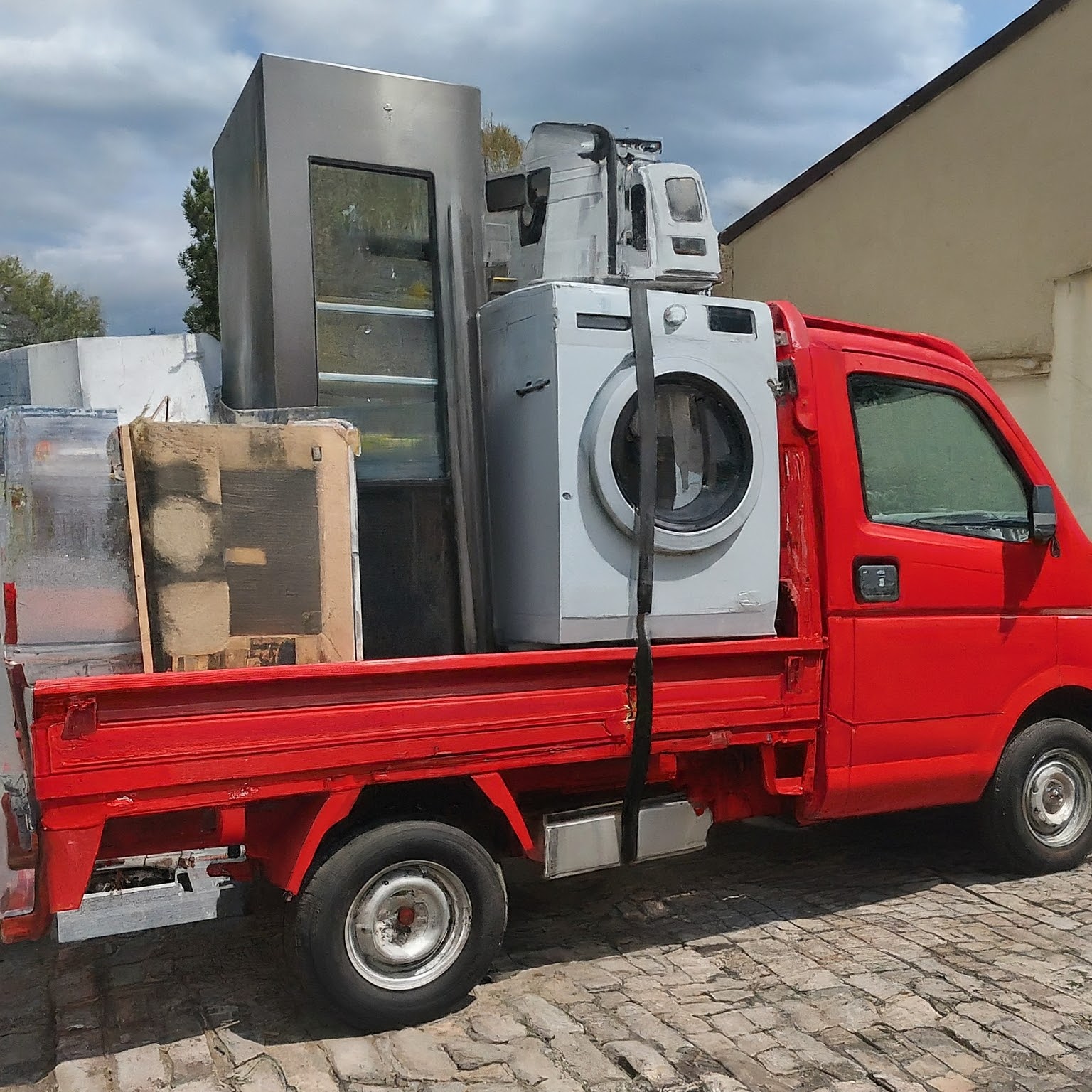Ask Arthur
Ask Arthur: I’m moving – can I protect appliances?
A reader wants to know the rules for looking after fridges and other appliances when moving home. ARTHUR GOLDSTUCK offers a checklist.
Q: I’m about to move house, but have been told there are special rules for appliances, especially fridges. This sounds dodgy to me. Can’t I just unplug everything from my old place and plug it in at my new place?
A: With some appliances, you can just unplug from the old place and plug it in at the new place. But that only applies where there are no moving parts, liquids or gases involved. That means TV sets should be fine, but refrigerators do need special planning and preparation.
- Firstly, try to unplug all appliances well before moving day. Fridges and freezers should be defrosted at least 24 hours in advance of the move, and their doors left open to air out after defrosting, before the move, to prevent moisture build-up and damage.
- Secondly, remove all detachable parts like shelves and racks that one finds in most refrigerators. Depending on whether they are fragile, for example if they are made of glass, wrap these parts individually in bubble wrap or packing paper and pack them securely in boxes. For moving parts, use bubble wrap and tape to make sure they are not banged about.
- Thirdly, for the move itself, fridges should ideally be transported upright, as keeping them tilted for a long period can damage the compressor at the heart of the cooling system. Your user manual (if you kept it!) should contain advice on maximum tilt angles and time limits. And use masking tape to make sure the doors don’t swing open in transit.
- Fourth, but most important, once a refrigerator has been placed in its desired location, it should stand upright for at least 24 hours before it is plugging in again, to allow the oil in the compressor to settle.
- Finally, fridges are among the world’s greatest dust collectors, as they stand in the same spot for many years, quietly accumulating dust at the back and underneath. Moving the fridge is therefore likely to create a small dust storm in the exposed parts at the back, and particularly on the condenser coils in the back of the unit. Before plugging in, give the coils and area around them a good to make sure airflow is unimpeded.
For all other appliances, watch those cords. Don’t let dangling bits become a tripping or snagging hazard or snag on something. Wrap the cords loosely around the appliance and secure them with tape. For washing machines, find the shipping bolts that came with the machine and screw them back in to secure the drum and prevent internal damage.
And remember, bubble wrap is your friend.
* Arthur Goldstuck is CEO of World Wide Worx and editor-in-chief of Gadget.co.za. Follow him on social media on @art2gee.



















